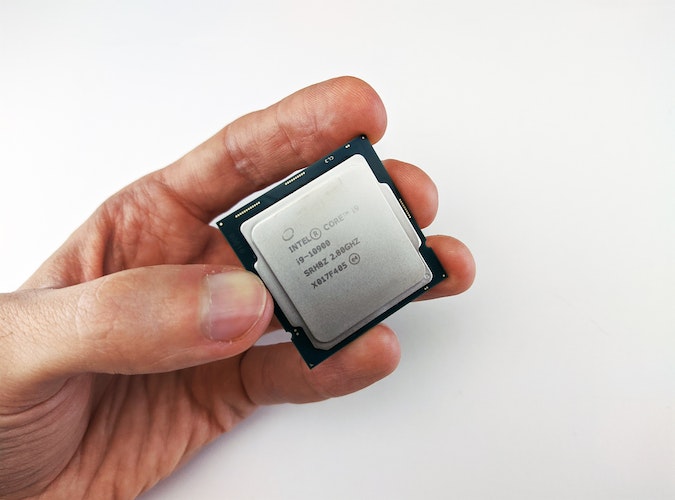
During its third annual Intel Innovation event, Intel unveiled a range of technologies aimed at democratizing artificial intelligence (AI) and expanding its accessibility across various workloads, spanning from client and edge computing to network and cloud environments.
Intel CEO Pat Gelsinger emphasized that AI represents a transformative shift, ushering in a new era of global expansion where computing plays an even more fundamental role in shaping a brighter future for everyone. Gelsinger highlighted the significant opportunities AI presents for developers to push the boundaries of what’s achievable, address global challenges, and enhance the lives of individuals worldwide.
Connect with us on Social Media
In a keynote presentation aimed at developers, Gelsinger showcased Intel’s efforts to integrate AI capabilities into its hardware products and make them accessible through open, multi-architecture software solutions.
He also underscored the role of AI in driving what he termed the “Siliconomy,” a burgeoning economy fueled by the synergy of silicon and software. Today, silicon contributes to a $574 billion industry, underpinning a global tech economy valued at nearly $8 trillion.
Intel’s advancements in silicon, packaging, and multi-chiplet solutions are integral to their strategy. Gelsinger reported progress in Intel’s five-nodes-in-four-years process development program, with Intel 7 in high-volume production, Intel 4 ready for manufacturing, and Intel 3 on track for the end of the year. He showcased Intel 20A, which includes PowerVia and RibbonFET technology, destined for the client computing market in 2024. Intel 18A, leveraging similar innovations, is set to be manufacturing-ready in the latter half of 2024.
Intel also introduced groundbreaking technologies, such as glass substrates, which will enable continued transistor scaling and extend Moore’s Law beyond 2030, particularly for data-intensive AI and high-performance workloads. Intel displayed a test chip package employing Universal Chiplet Interconnect Express (UCIe), heralding a new era of multi-chiplet packages. UCIe, an open standard supported by over 120 companies, facilitates collaboration among chiplets from different vendors and fosters innovation in diverse AI workloads.
Gelsinger highlighted Intel’s commitment to advancing AI performance across its platforms. Recent MLPerf AI inference results reinforced Intel’s dedication to addressing all aspects of the AI spectrum, including challenging generative AI and large language models. The Intel Gaudi2 accelerator emerged as a compelling solution for AI compute requirements. Additionally, Intel announced the construction of a large AI supercomputer powered by Intel Xeon processors and 4,000 Intel Gaudi2 AI hardware accelerators, with Stability AI as the anchor customer.
Intel previewed the next generation of Intel Xeon processors, the 5th Gen Intel Xeon processors, which promise enhanced performance and faster memory while maintaining power efficiency, launching on December 14. Sierra Forest and Granite Rapids, both offering significant performance improvements, were highlighted as well.
Looking ahead to 2025, Intel plans to introduce the next-gen E-core Xeon, known as Clearwater Forest, on the Intel 18A process node.
Intel also announced a new era of personal AI experiences with the upcoming Intel Core Ultra processors, codenamed Meteor Lake. These processors feature Intel’s first integrated neural processing unit (NPU), enabling power-efficient AI acceleration and local inference on PCs. The Core Ultra processors, set to launch on December 14, mark a pivotal moment in Intel’s client processor roadmap and incorporate Foveros packaging technology, offering discrete-level graphics performance alongside AI capabilities.
Gelsinger presented various AI PC use cases, including a preview of an Acer laptop powered by Core Ultra, developed in collaboration with Intel.
To empower developers and advance the AI ecosystem, Intel introduced several initiatives, including the general availability of the Intel Developer Cloud, the 2023.1 release of the Intel Distribution of OpenVINO toolkit, and Project Strata, an edge-native software platform set to launch in 2024. These initiatives aim to provide developers with the tools and support needed to drive innovation in AI and edge computing.
In conclusion, the Intel Innovation event showcased Intel’s commitment to making AI accessible, fostering collaboration among the technology industry, and empowering developers to shape the future of AI. For more updates, tune in to the Intel Newsroom for insights from Intel Chief Technology Officer Greg Lavender.





